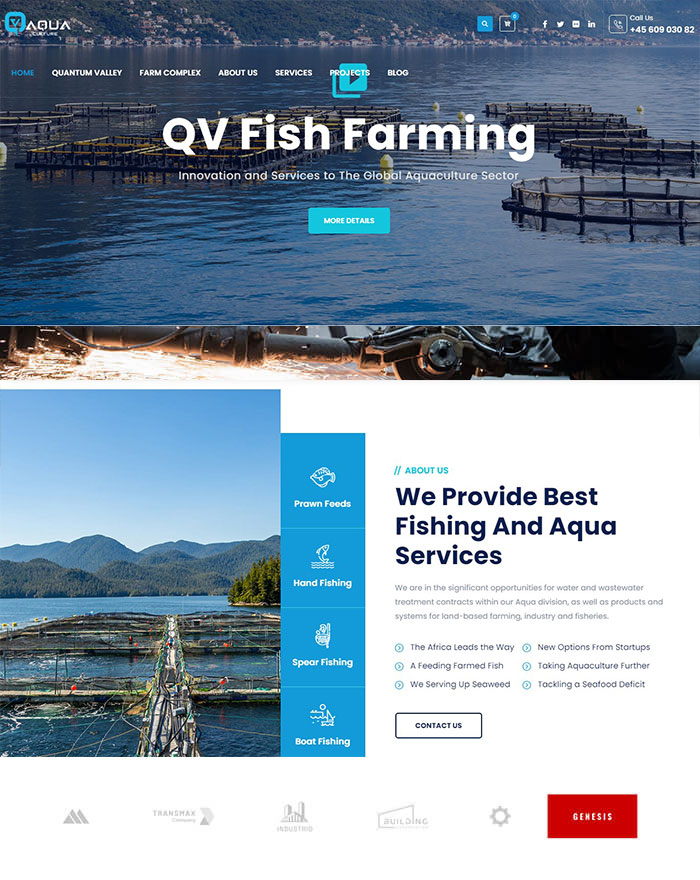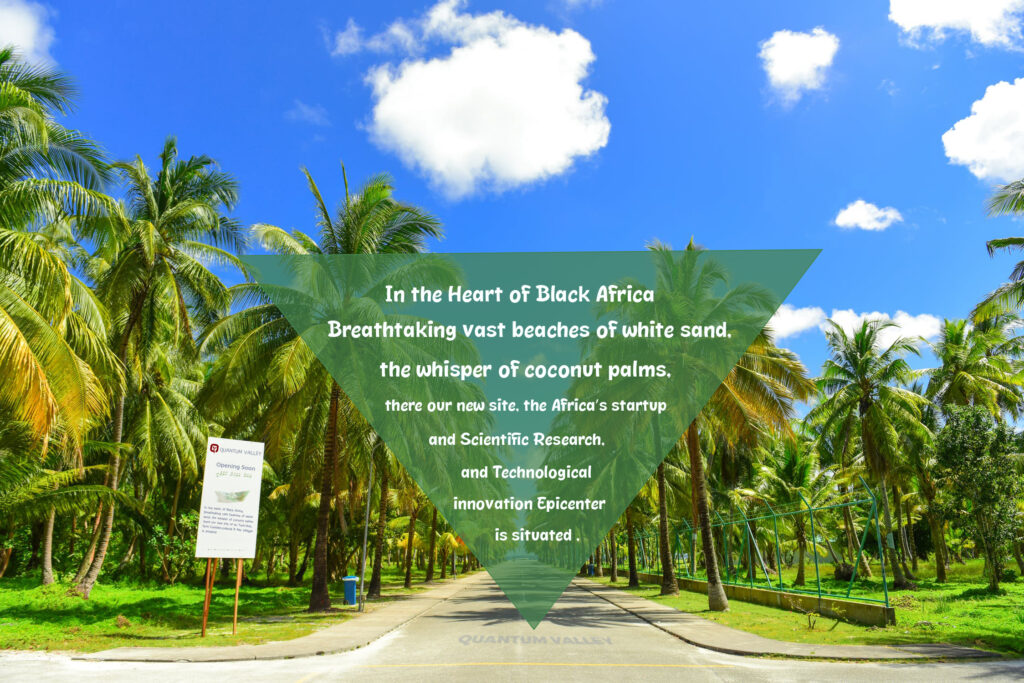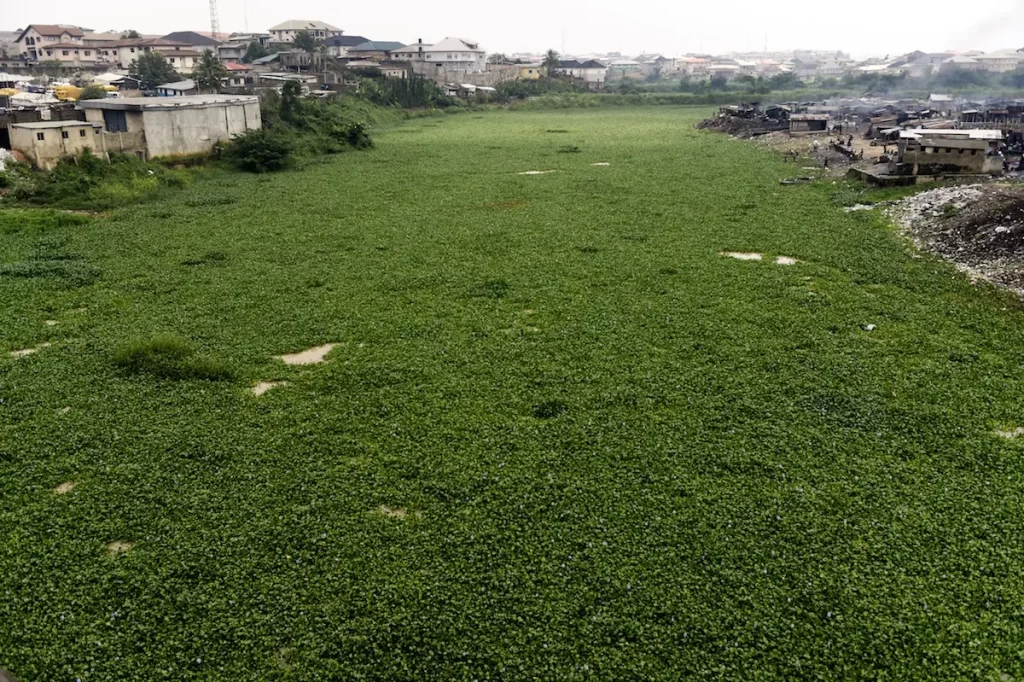Ecological and socio-economic utilization of Water Hyacinth
Water hyacinth (Eichhornia crassipes) constitutes an important part of an aquatic ecosystem. Water hyacinth as a very promising plant with tremendous application in wastewater treatment is already proved. Water hyacinth is used to treat waste water from dairies, tanneries, sugar factories, pulp and paper industries, palm oil mills, distilleries, etc. All the efforts of scientists and technocrats all over the world to eliminate these weeds by chemical and biological means have met with little success. The water hyacinth have been found to have potential for use as phytoremediation, paper, organic fertilizer, biogas production, human food, fiber, animal fodder.
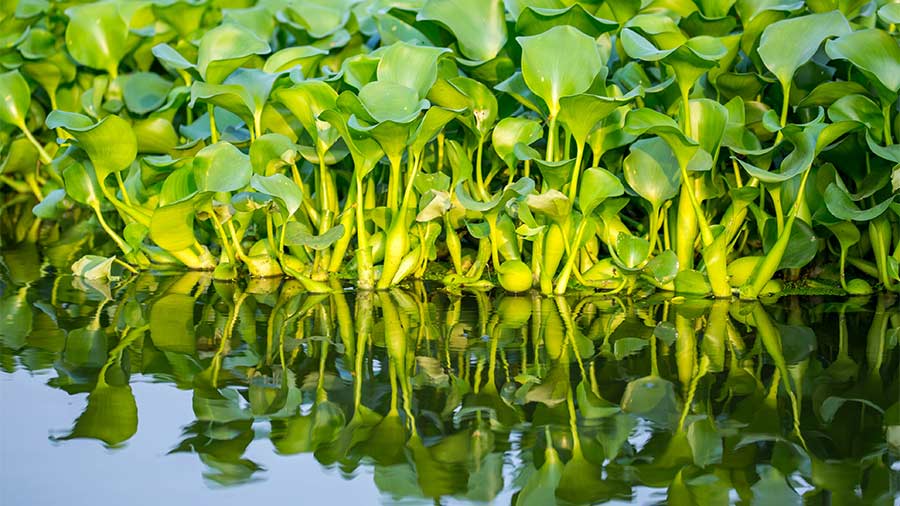
Alien invasive species killing natural plants, animals and posing peril to humans, economy: UN report
Abstract – Briquetting technology is one of the renewable sources of energy that was developed to address problems concerning global warming, energy catastrophe, as well as solid waste management. Nigeria has abundant supplies of biomass resources and unrestricted solid waste, whose potentials are yet to be fully tapped for energy generation. It is, therefore, necessary to convert these waste into a product that will provide alternative energy to the people rather than constituting environmental problems. The study was undertaken to develop hyacinth briquette machine and examine the properties of fuel briquettes produced from a mixture of waste paper (WP) and water hyacinth plant (WHP) using corn and cassava starch as a binder.
WP from the academic environment and WHP harvested from the surface of fresh waters were used. Briquette machine was designed using a screw type extruder to convert the processed WHP and WP into solid briquette for domestic consumption. Samples of WHP was harvested, ground, dried and mixed with WP.
The mixture was poured into a hopper. The physical and combustion properties of the briquette were determined at varying WHP and WP-binder ratios of 100:10, 100:15, 100:25, 100:30 and 100:45, 100:55 using corn starch as the binding agent.
It was discovered that the binder ratio 100:25 demonstrated the most affirmative value of biomass energy than others. It was also observed that the cooking time for the briquette produced using WHP and WP was 40min/kg with SFC of 0.4kg/kg. The designed machine has production efficiency of 84% and also produced smoke-free WH briquettes with high resistance to mechanical action, better handling and efficient fuel characteristics for household use.
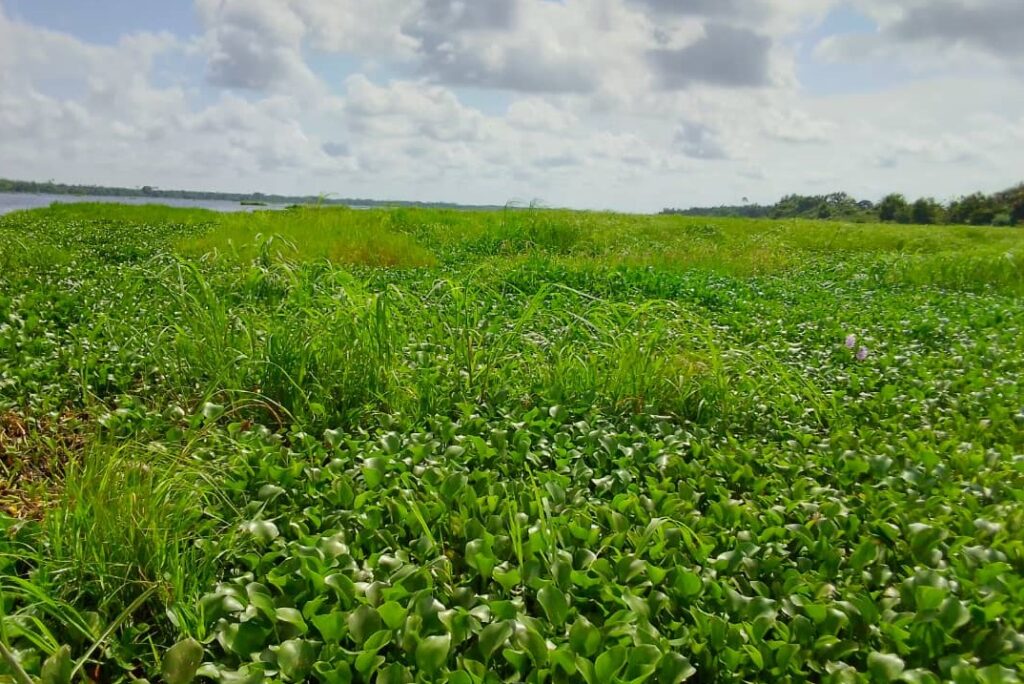
Thousands of acres of the lake have been covered by hyacinth. This has become a serious matter, since it has a negative impact on the people around the lake and the natural ecosystems in the region. Now, water hyacinth is used as a resource for renewable energy, which is environmentally friendly.
Now, the problem has become a blessing. When the pest (water hyacinth – red) is used to produce renewable energy, the lake is cleaned, and the tourism potential in Ilaje local government area of Ondo state can be further developed as a place for water attractions and other new tourist attractions.
One of the creative innovations is to use hyacinth as a briquette fuel for industrial processing factories. Hyacinth is smashed into a powder, then processed with press machinery and broiled into wood pellets.



